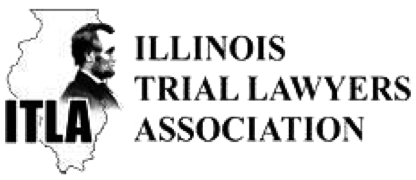Court secrecy is a dangerous practice that prevents people from finding out about unsafe products. As a personal injury lawyer in Chicago I find the practice of document sealing irresponsible. Consider the following example of such irresponsibility.
The American Association for Justice reports (6/4), “Over the past year, Bausch & Lomb has quietly settled over 600 contact solution lawsuits, with more cases still pending”. The contact solution was tied to instances of fungus infections and blinding in many patients that used the product.
As part of the settlement agreement, Bausch & Lomb forced all court documents in the case to remain sealed. This keeps vital information including internal investigations into the cause of the infections from contact users and doctors. Details of outdated company testing procedures, which are widely used by other contact solution manufacturers are also included within the sealed documents.
The Sunshine Litigation Act currently facing Congress would give judges “additional discretion to limit secrecy agreements that keep hidden important and life saving information from the public” and would “close the loophole in our courts” to ensure that such information is disclosed.






